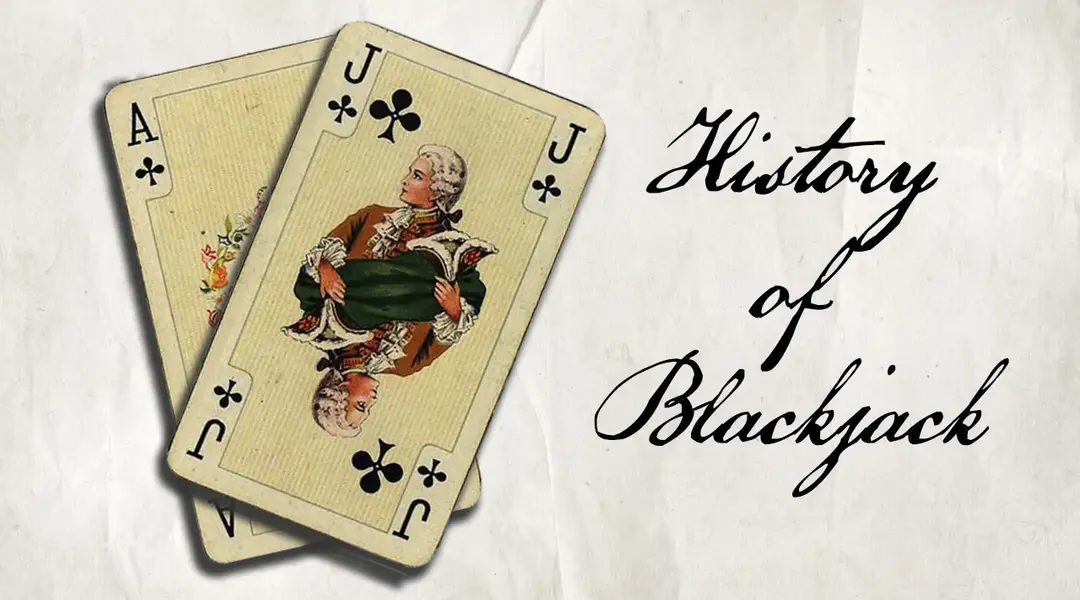The History of Blackjack: From European to Global Fame

Blackjack is one of the most enduring and iconic card games in the world, with a rich history that spans centuries and continents. Known for its combination of skill, chance, and strategy, it remains a cornerstone of both physical and online casinos. But how did this simple game of cards become such a global phenomenon? Understanding the history of blackjack means tracing a path through French salons, American saloons, and the modern digital age.
Origins in Europe: From “Vingt-et-Un” to America
The earliest known predecessor of blackjack can be found in 17th-century France. A game known as “Vingt-et-Un,” which means “twenty-one,” was played in the royal courts during the reign of King Louis XV. This game had several features similar to modern blackjack, including the goal of reaching 21 without exceeding it. Spanish and Italian card games such as “Trente-un” and “Seven and a Half” may also have influenced its development.
Vingt-et-Un made its way across Europe and eventually reached North America through French colonists. By the 18th century, the game was becoming popular in American gambling houses, particularly in New Orleans, where it was played in underground establishments. Though the rules varied by region, the core concept remained: outscore the dealer without busting.
When Was Blackjack Invented in Its Modern Form?
While the exact moment when blackjack was invented in its recognizable modern form is hard to pinpoint, most historians agree that the game evolved significantly during the early 1800s in the United States. Casinos in Nevada began offering incentives to draw players to their tables. One such incentive was a special payout for a hand containing the ace of spades and a black jack (either the jack of clubs or the jack of spades), which led to the game being dubbed “blackjack.”
Although the bonus payout promotion eventually faded, the name stuck. The game’s rules were standardized over time, and by the mid-20th century, blackjack had become a fixture in legal casinos across the United States. The combination of relatively low house edge and the ability to apply mathematical strategies gave blackjack a competitive edge over games of pure chance like roulette or slots.
Why Is Blackjack Called Blackjack?
Many players wonder, why is blackjack called blackjack when the objective is to reach 21? The answer lies in a promotional twist introduced by American gambling houses in the early 20th century. To encourage players to try their version of Vingt-et-Un, some casinos offered a 10-to-1 payout for hands that consisted specifically of the ace of spades and a black jack – either the jack of clubs or the jack of spades. This hand was considered a “blackjack,” and even though the special payout disappeared, the name caught on and became synonymous with the game itself.
Blackjack’s Strategic Renaissance
In the 1950s and 60s, blackjack entered a new era of blackjack strategic sophistication. Mathematicians began to analyze the probabilities associated with different hands. Most notably, in 1962, Edward O. Thorp published *Beat the Dealer*, a groundbreaking book that introduced the concept of card counting. Using statistical models, Thorp showed that players could gain an advantage by tracking the ratio of high to low cards remaining in the deck.
His work transformed blackjack from a game of intuition into a quasi-scientific challenge. Casinos responded by introducing multiple decks and shuffling machines to curb the efficacy of card counters, but the cat was out of the bag. The idea that blackjack could be “beaten” helped solidify its cult-like following among skilled players.
Blackjack in Popular Culture
Blackjack has played a recurring role in popular culture, appearing in countless movies, books, and TV shows. From the 1988 film *Rain Man* to the dramatized tale of the MIT Blackjack Team in *21*, the game’s blend of elegance and mental acumen makes it a favorite subject in media. Celebrities, professional gamblers, and even mathematicians have become synonymous with the blackjack world, contributing to its enduring allure.
With the advent of the internet and mobile gaming, blackjack found a second wind in the 21st century. Online casinos began offering virtual and live dealer blackjack tables, making the game accessible to players worldwide. Digital versions allow for rapid play, while live blackjack replicates the feel of real-world casinos through high-definition streaming and professional dealers.
Today, blackjack is available in countless formats – classic, European, Atlantic City, and even innovative variations like multi-hand or progressive blackjack. Despite these evolutions, the core principles of the game remain unchanged, a testament to its timeless appeal.
- The odds of being dealt a natural blackjack (an ace and a ten-point card) are approximately 4.8%.
- The house edge in blackjack can be as low as 0.5% when optimal blackjack strategy is used.
- The largest recorded blackjack win in a single session is rumored to exceed $15 million.
- Professional teams have used techniques like shuffle tracking and team play to beat casinos.